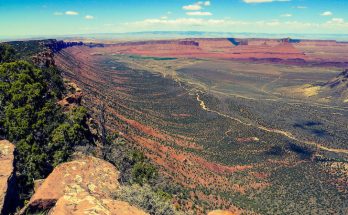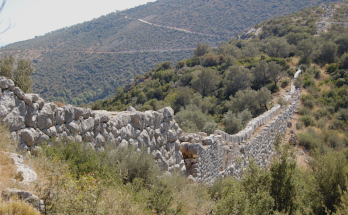Unveiling prehistoric marvels! Scientists have recently unearthed an extensive collection of dinosaur tracks, dating back an astonishing 70 million years in Alaska. This groundbreaking discovery not only provides insights into the ancient inhabitants of the region but also stirs curiosity about our planet’s distant past.
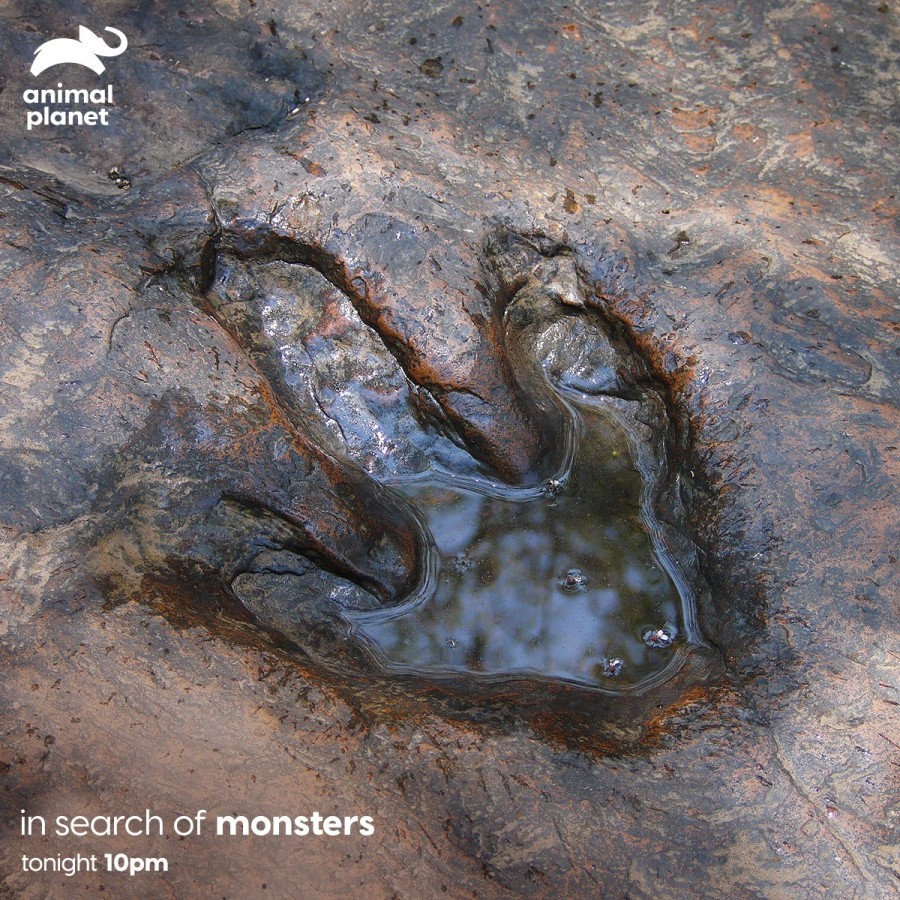
Researchers from the University of Alaska Fairbanks have identified and documented the largest known single dinosaur track site in Alaska, located in Denali National Park and Preserve, affectionately named “The Coliseum.”
Spanning the size of one-and-a-half football fields, The Coliseum boasts layers upon layers of well-preserved dinosaur prints in rock. This site serves as a record of multiple dinosaur species across numerous generations that thrived in what is now Interior Alaska nearly 70 million years ago, as detailed in a recently published paper in the journal Historical Biology.
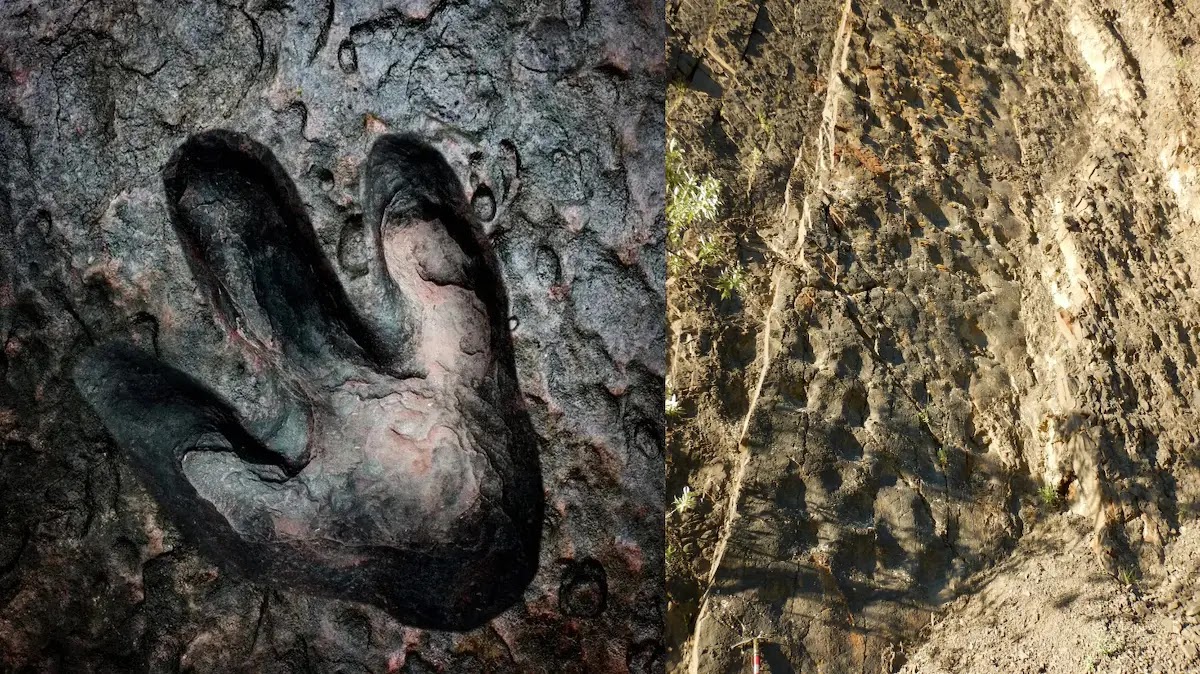
Dustin Stewart, the lead author of the paper and a former UAF graduate student, emphasized the uniqueness of The Coliseum: “It’s not just one level of rock with tracks on it. It is a sequence through time. Up until now, Denali had other track sites that are known, but nothing of this magnitude.”

Initially appearing unremarkable against the vast landscape of the park, The Coliseum is a layered, rocky outcrop rising 20 stories from its base. The site’s true significance became apparent during a sunset visit, revealing a dinosaur trackway at the base of the massive cliff.
“In the Late Cretaceous Period, the cliffs that make up The Coliseum were sediment on flat ground near what was likely a watering hole on a large floodplain,” explained Pat Druckenmiller, senior author of the paper and director of the University of Alaska Museum of the North.
The tracks at The Coliseum are a mix of hardened impressions in ancient mud and casts of tracks created when sediment filled and then solidified within the tracks, showcasing the exquisite details of dinosaur toes and skin texture.

Beyond the dinosaur tracks, the research team discovered fossilized plants, pollen grains, and evidence of freshwater shellfish and invertebrates. These findings offer valuable insights into the overall environment of the region during the Late Cretaceous Period.
The area was part of a large river system with ponds and lakes nearby, featuring a warmer climate akin to the Pacific Northwest. The ecosystem included coniferous and deciduous trees, as well as an understory of ferns and horsetails.
Based on the tracks, a diverse range of dinosaurs, from juveniles to adults, frequented the area over thousands of years. Predominant species included large plant-eating duck-billed and horned dinosaurs, alongside rarer carnivores like raptors and tyrannosaurs, as well as small wading birds.
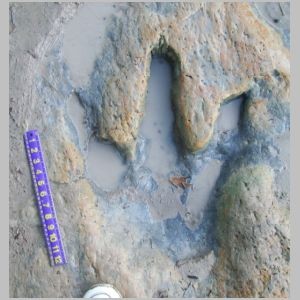
Denali National Park and Preserve, known for its breathtaking natural landscape, hosted a thriving ecosystem around 70 million years ago. The discovery suggests that the region was densely populated with dinosaurs, including a tyrannosaur larger than the present-day brown bear.
Preserving fossil sites like The Coliseum aligns with the National Park Service’s mission. While protection from disturbance and theft is crucial, the park encourages visitors to explore fossils in their geological context, enhancing the understanding of landscape and ecosystem evolution through time.
Pat Druckenmiller expressed plans to continue collaboration with the National Park Service for further study on The Coliseum and other track sites. “Denali National Park and Preserve is a world-class area for dinosaur tracks. There is a lifetime of exploring left to do, and I can only wonder what other surprises await.”


